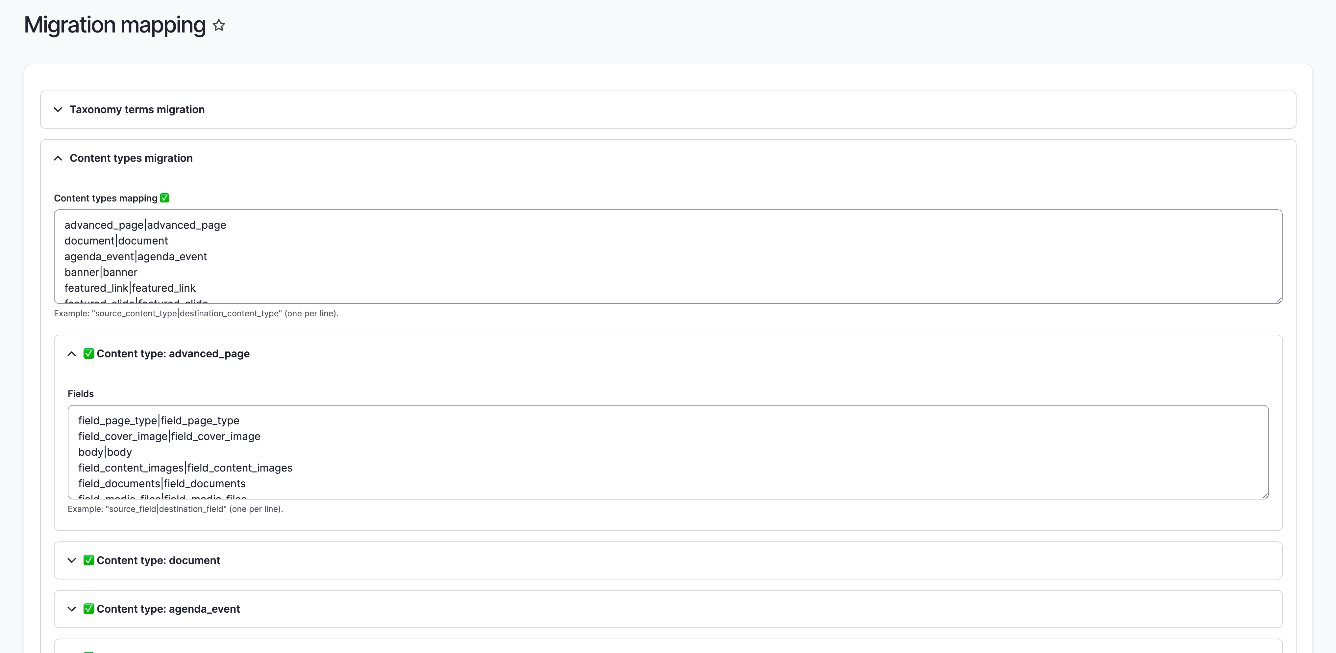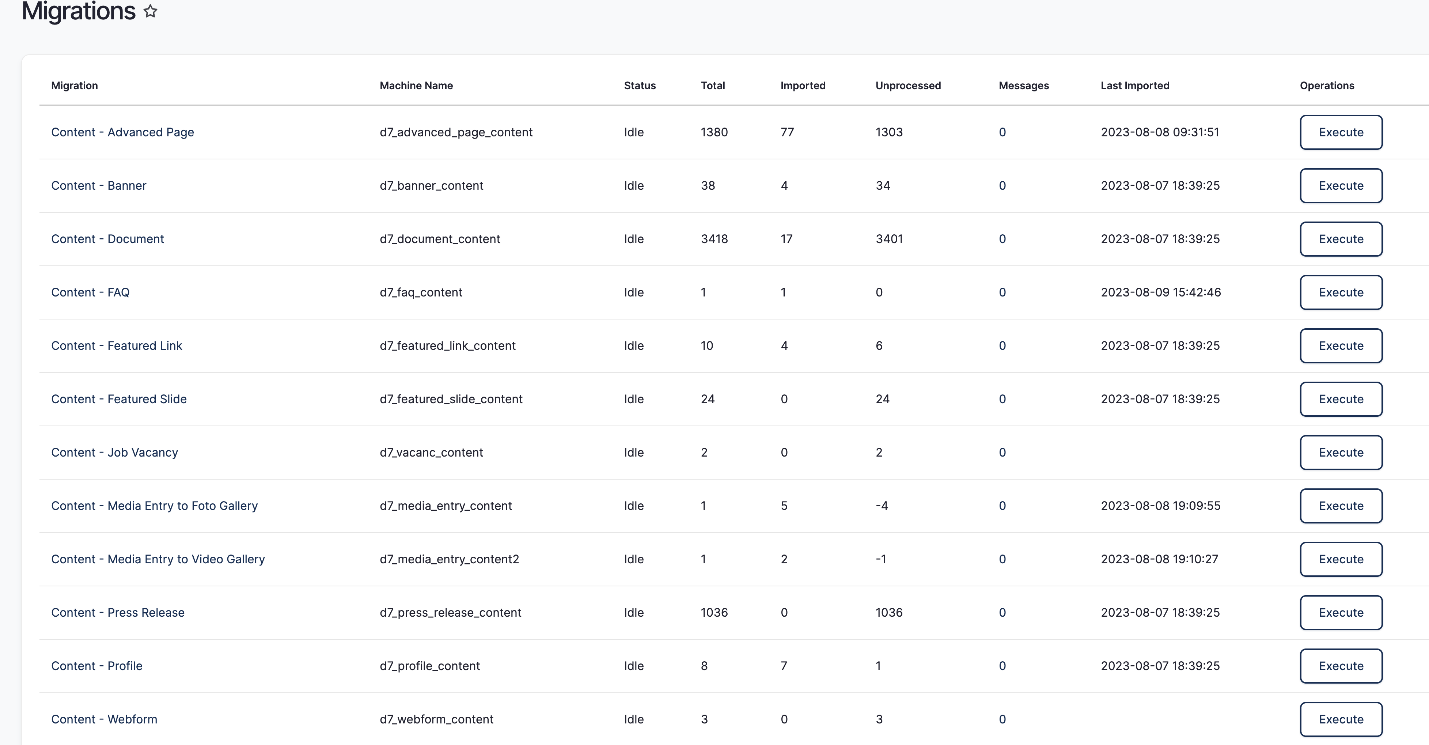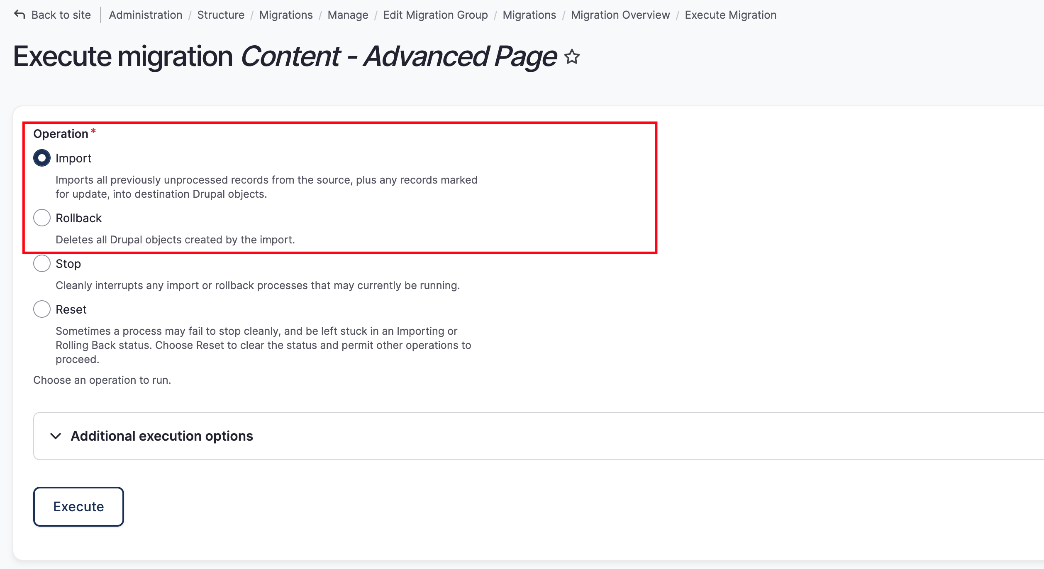
In the ever-evolving digital realm, keeping up with technological advancements is crucial for maintaining a strong online presence. This includes migrating websites from older CMS versions like Drupal 7 to the more secure and feature-rich Drupal 10. While manual migration can be complex and time-consuming, automation offers an efficient solution that simplifies the process and reduces potential risks.
The Need for Migration
Drupal 7 served as a solid foundation for numerous websites, but its end-of-life status and security vulnerabilities have made upgrading to Drupal 10 imperative. Drupal 10 promises improved security, performance, and user experience. Manual migration involves intricate tasks like data and content migration, module compatibility, and theme adjustments, which can be resource-intensive and prone to errors.
The Role of Automation
Automated migration tools are transforming the way websites transition from Drupal 7 to Drupal 10.
Our Migration Mapping solution takes the complexity out of platform transitions. Whether you're moving to a new content management system, upgrading software versions, or evolving your technology stack, our tool ensures a smooth and efficient migration process.
With Migration Mapping, you can easily map the structure, content, and relationships from your old platform to the new one. This eliminates manual data migration, reduces the risk of data loss, and saves valuable time. Seamlessly transition while maintaining data integrity – that's the power of Migration Mapping.

A content type group is a way to categorize and manage related content types in a content management system. It helps organize content efficiently, simplifies administration, and allows for unified settings and permissions. It ensures a structured approach to content management and offers the flexibility to implement changes and updates across multiple content types while maintaining content integrity.

With our module, you can confidently embark on updates, knowing that if unforeseen issues arise, you can easily roll back to the previous version. This safety mechanism ensures minimal disruptions and empowers you to maintain a secure and stable website environment.

- Reduced Downtime: Automation minimizes downtime during migration, resulting in a smoother user experience.
- Cost Efficiency: Automation reduces the need for extensive manual intervention, translating to cost savings.
- Embracing the Future
Automated migration from Drupal 7 to Drupal 10 is more than just a convenience; it's a necessity for staying competitive in the digital age. As automation tools advance, migrating between CMS versions will become more efficient and accessible.
Conclusion
Transitioning from Drupal 7 to Drupal 10 signifies progress in website development. Automation simplifies this journey, offering benefits like reduced downtime, cost savings, and enhanced security. By leveraging automation, website owners can ensure a seamless migration and position themselves at the forefront of digital innovation.


